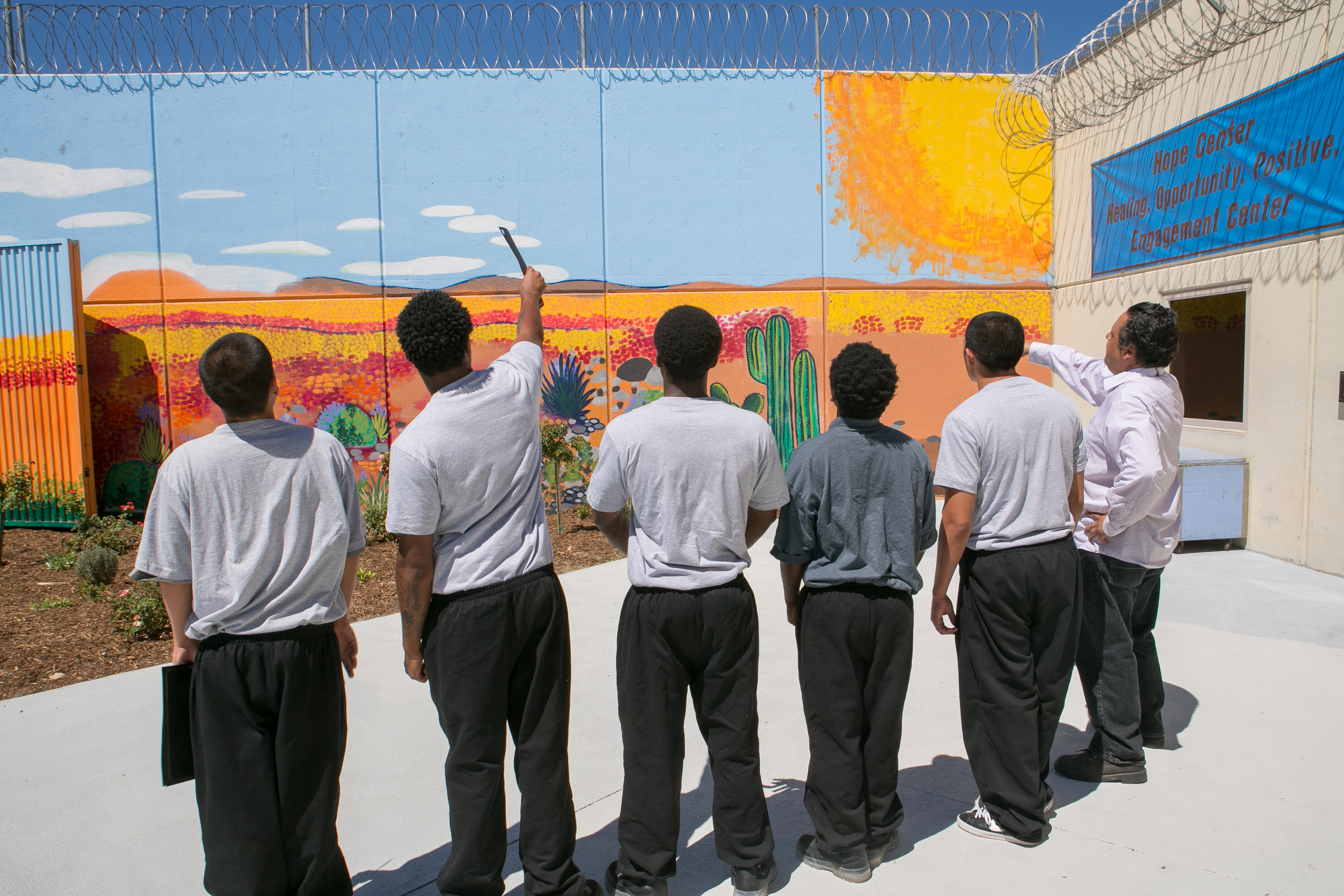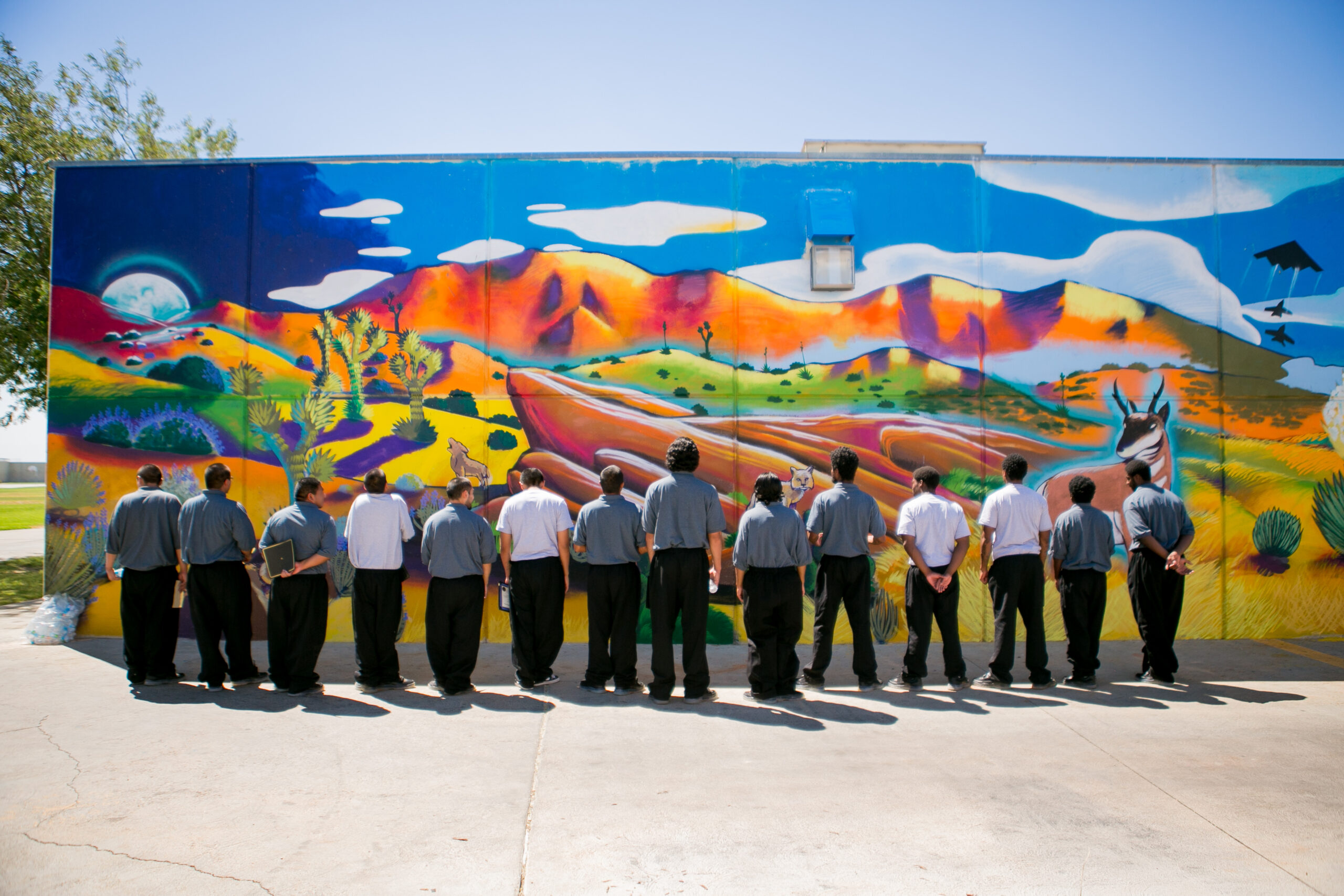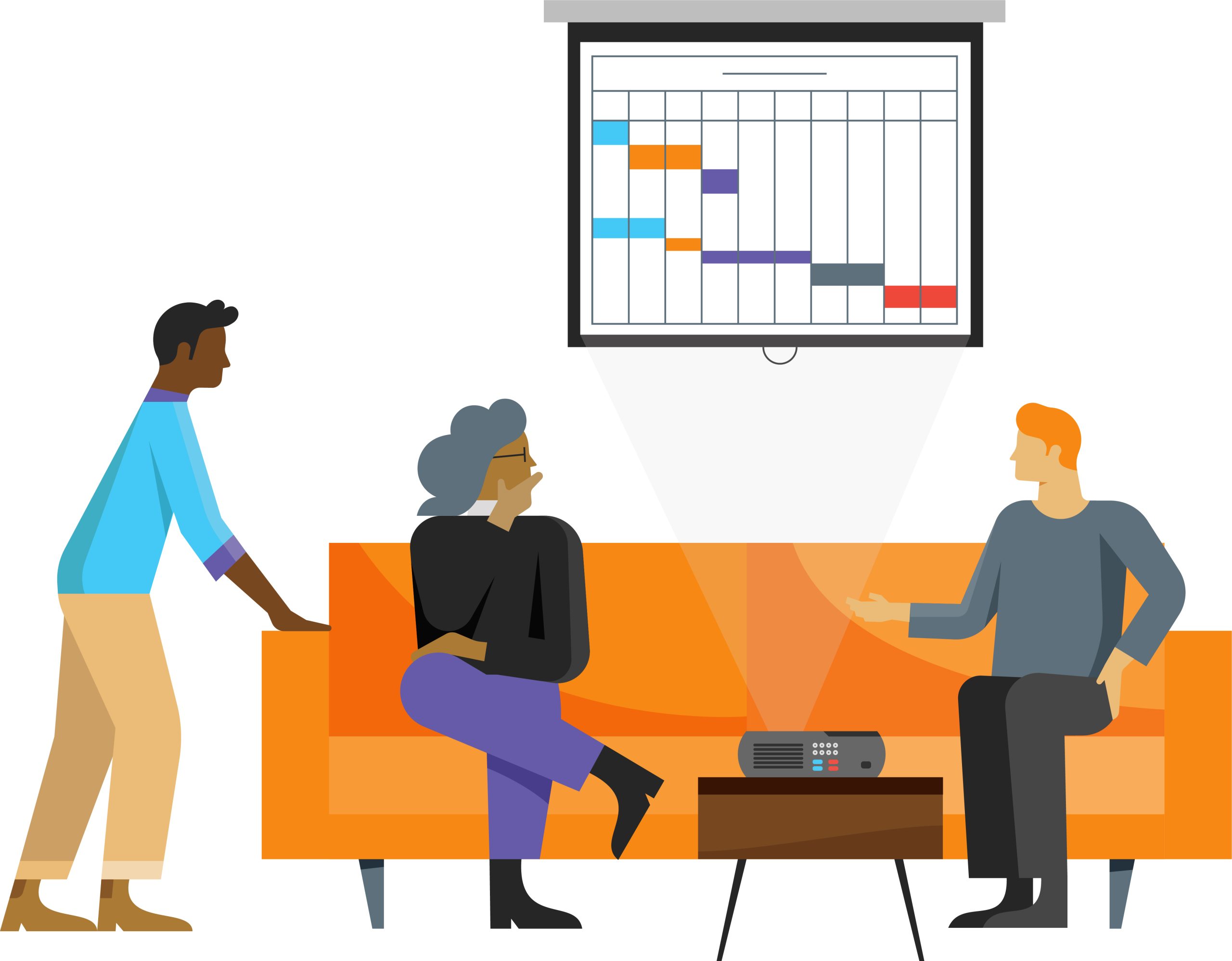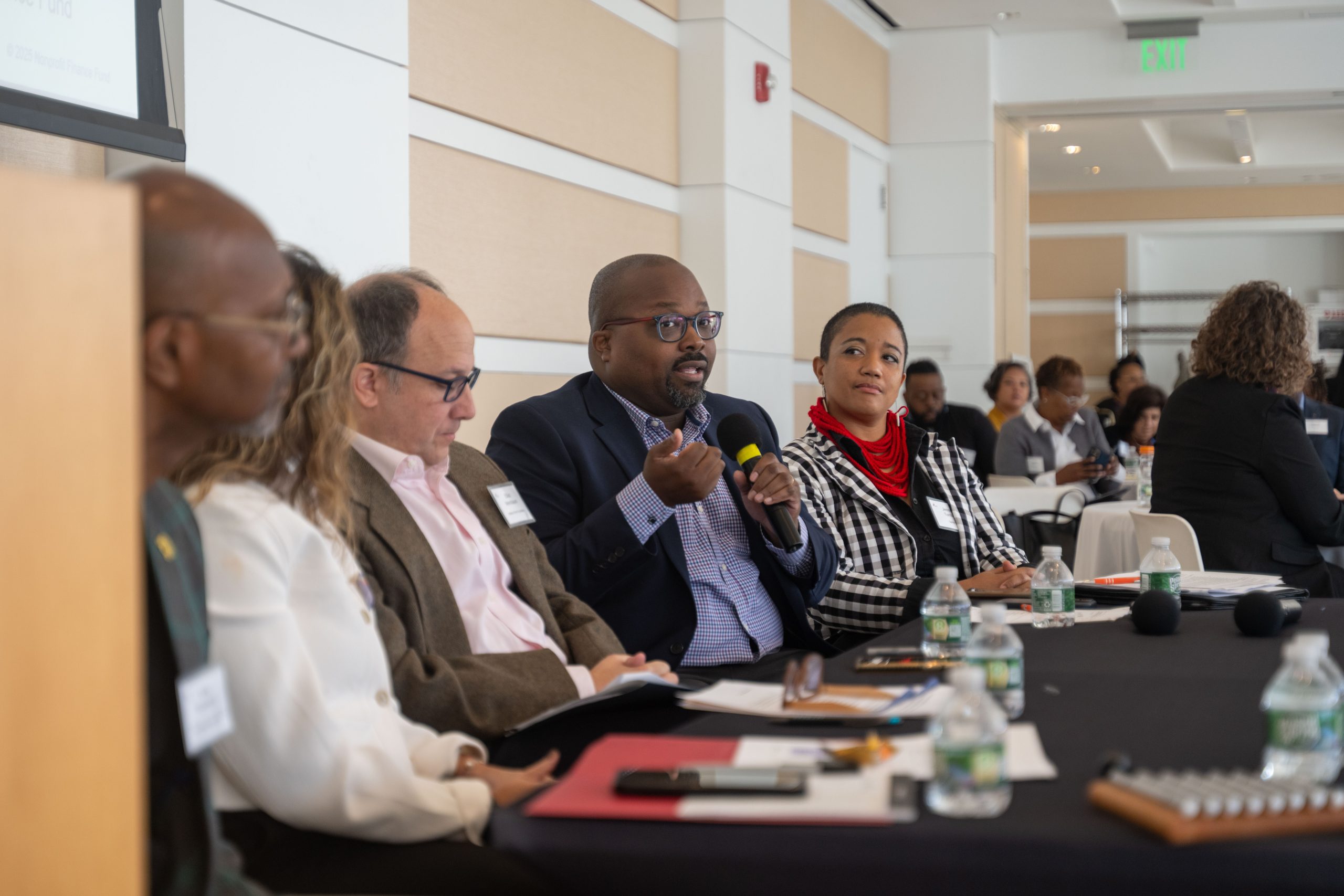By Kaile Shilling, Executive Director, Arts for Healing and Justice Network
There’s a lot of interest in the field – and pressure from funders – to collaborate. But collaboration is widely under-funded, despite its benefits. The Arts for Healing and Justice Network (formerly Arts for Incarcerated Youth Network) is a collaborative that provides arts programming to build resiliency and wellness, eliminate recidivism, and transform the juvenile justice system.
These goals are too ambitious for a single organization. Our model allows the county of Los Angeles to contract for high-quality programs, without having to create, manage, and renegotiate relationships individually with our 15 members. Our members learn from each other, support each other, and benefit from working together toward common goals. Because of the collaborative, students have consistent, intentional, ongoing arts programming. And a wider range of providers can participate and deliver life-changing experiences.
Building and sustaining relationships takes time. Each of our members spends time, and our staff at Arts for Healing and Justice Network (AHJN) spends time. The time that we spend outside of the programs – learning from each other, problem-solving, continuously improving – leads to better results for students. Our lead teaching artists come together monthly for a two-hour meeting to share what’s working and what’s challenging at each site. Executive directors also meet regularly. We provide support, coordination, training, and contract management. The investments we all make behind the scenes – outside of the program scope and budgets – drive smooth-running, effective programs. To collaborate successfully, it is important to understand what it really costs. And understanding costs isn’t a one-time endeavor.
On the program side, we’ve renegotiated contracts when costs change. Changing class times meant that our teaching artists had a long wait between programs at one facility; that’s time they couldn’t spend elsewhere. We also discovered that our in-center programs require two master-level teaching artists, not a master and apprentice, which requires higher compensation. Just as we track and renegotiate for those costs, we need to allow for the costs of collaboration if we want it to increase impact.
If we believe in arts organizations, we should be investing in their capacity. If we don’t account for non-program costs, we risk creating a structural deficit where doing the work weakens the organizations.
We’ve been fortunate to have funders understand our needs and value. We’ve had funders support capacity-building for members as well as our own organization, and provide cash that helps us pay artists faster than waiting for government reimbursements would allow; and give us flexible funding because they understand our unique ability and opportunity to drive systems change. Our model has allowed us to offer a consistent, efficient solution and reach kids with transformative programming. There is a real opportunity for funders who would like to see more collaboration to pay what it costs to do it well, because we’ve seen excellent results.

Click here to learn more about NFF’s consulting services.


